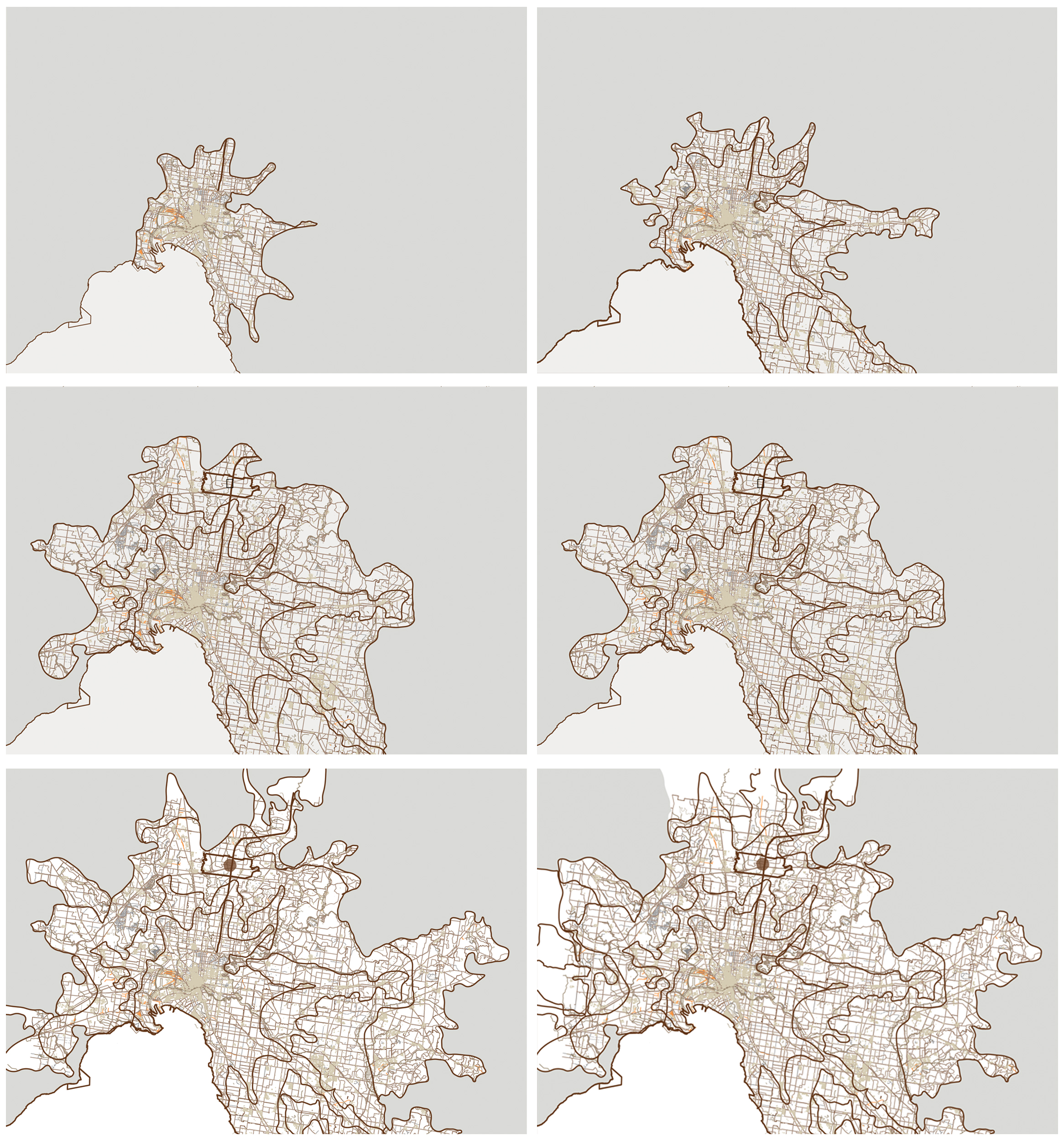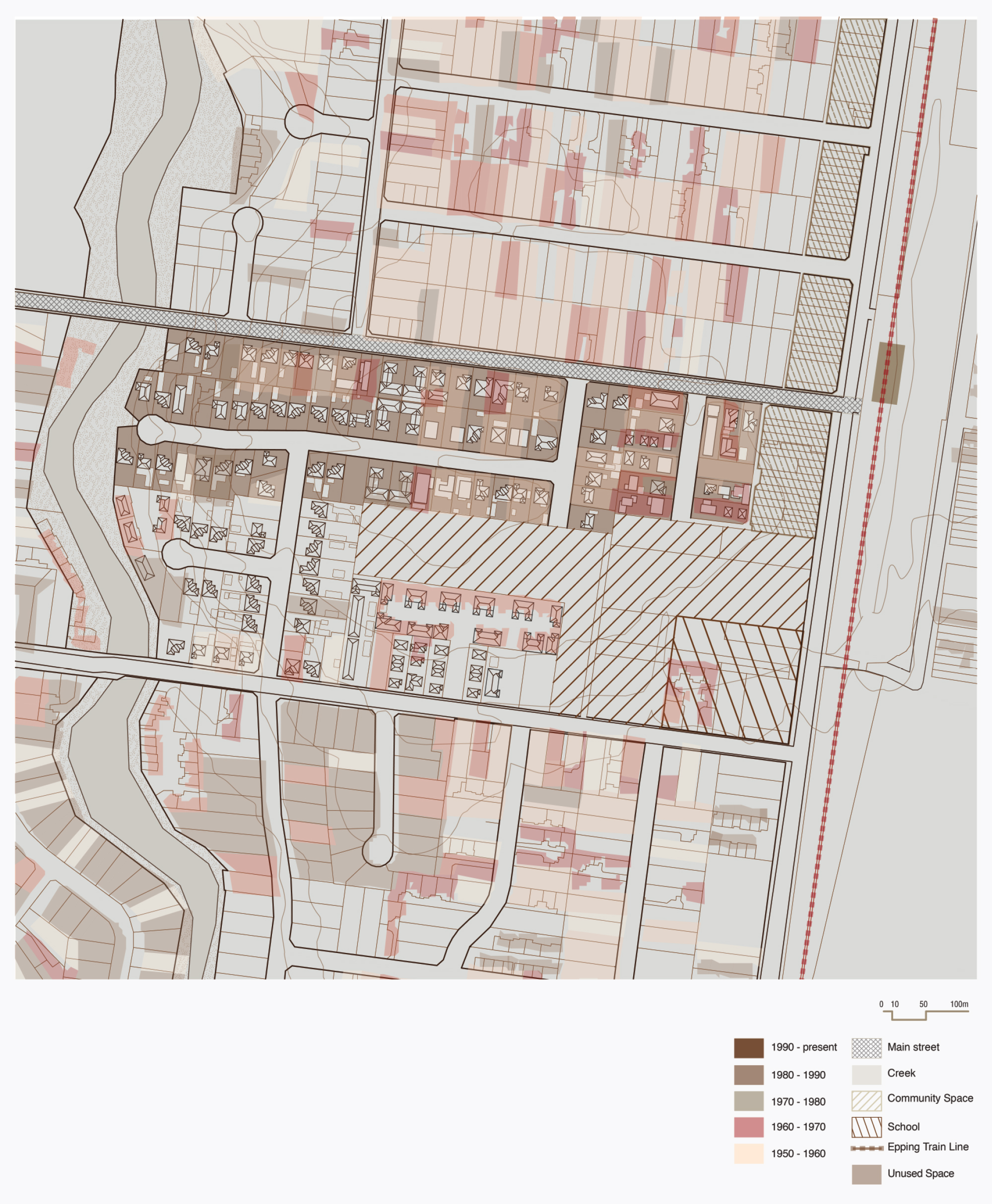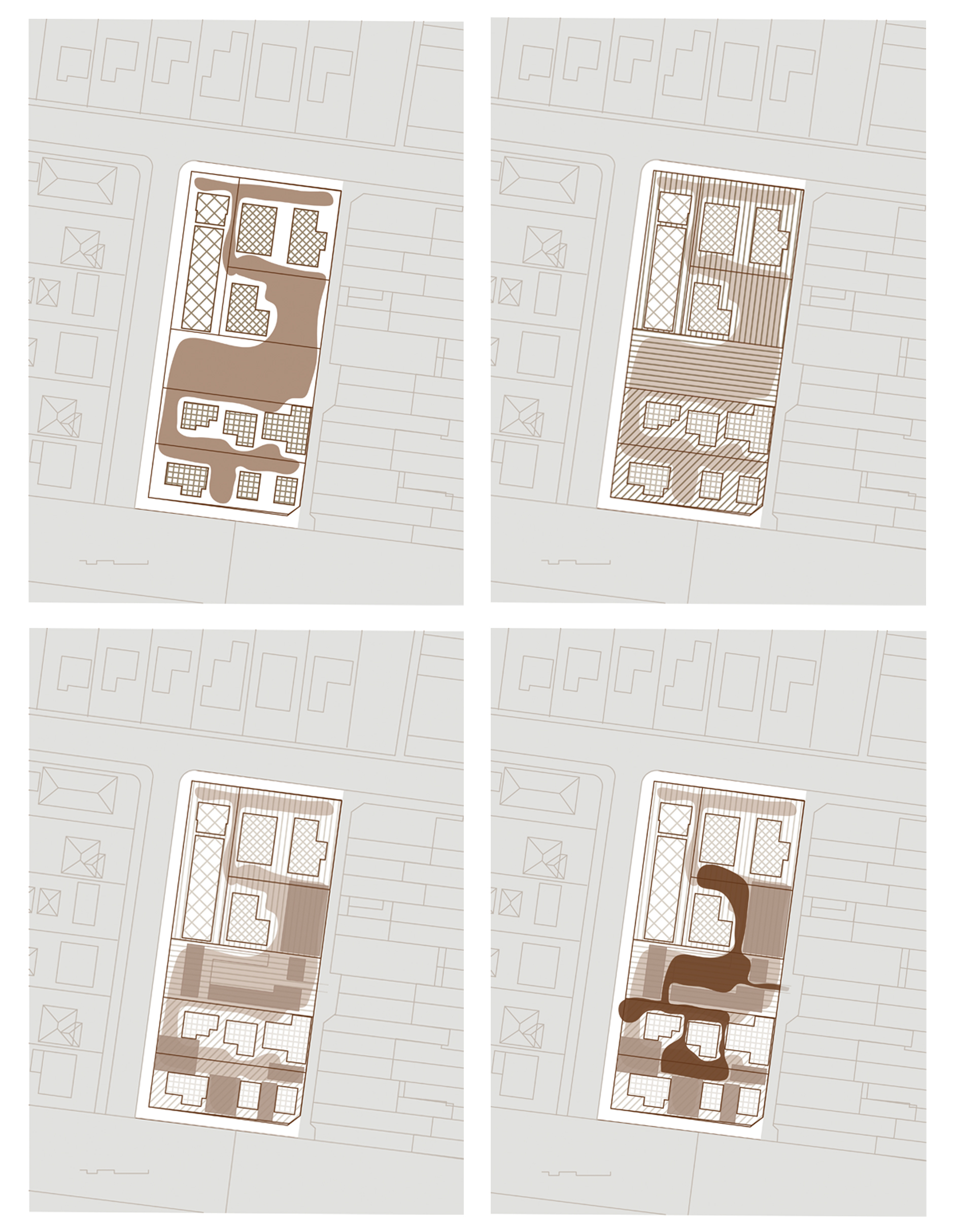Shruti Aggarwal
Since World War II, buildings have replaced farmland and paddocks in peripheral locations where industrialization has allowed mass-produced disconnected growth of dwellings, creating issues of urban sprawl and negative space generation. Despite this, over the last few decades, we keep drawing from the existing context and stretching the Urban growth boundary further.
Expansion on the city edge in low densities, while consuming open space, has worsened the spatial utility. This imposition of our concepts on reality has produced a landscape of decentralized and disconnected clusters of structures attached to suburban arterials.
Across the world, various kinds of leftover spaces, disregarded fragments of the urban fabric, remains of superimposed layers of past and current development exist. This landscape, whose environment renders it unfit for majority of standard construction has potential for innovative architectural intervention.
This thesis, with adhoc approach, will opt for a relaxed arrangement of guidelines and models instead of a strict set of rules. Proposing a synergistic and heterogenous densification of the area which restores the discord between object and subject through staged urban infill. It questions how such an intervention can mold the urban fabric and stop the expansion of the urban growth boundary. The aim is to give sense to the fragmented suburban greyfield sites.






